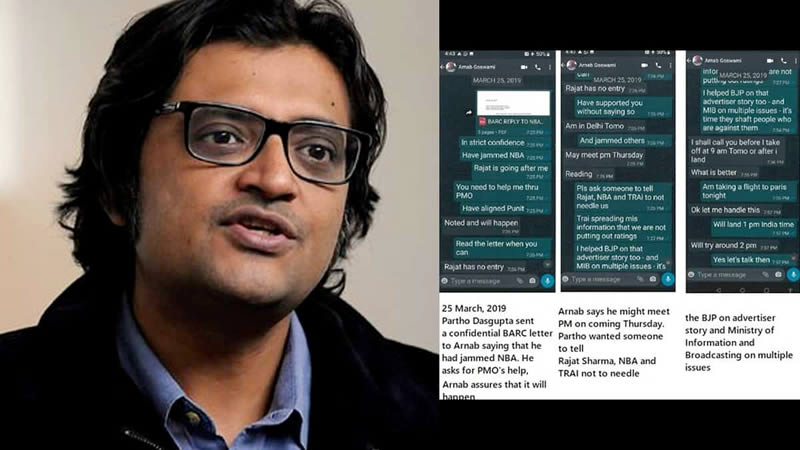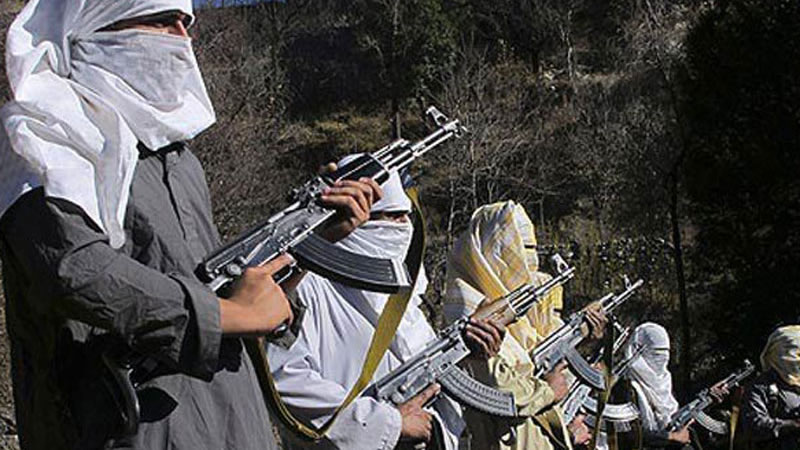
The clash of institutions has held the country in its grip for the last many months. With each passing day matters get worse as parliament and the judiciary stake out their respective turfs.
On a number of occasions the Chief Justice of Pakistan has expounded on the supremacy of the constitution, placing it above all else. Considering that it is the ultimate interpreter of the constitution, the Supreme Court (SC) then assumes an overweening role. On the other hand the government feels under siege from judicial activism expanding into the domain of executive power. The PPP-led coalition government on Tuesday expressed its determination to resist within the bounds of law and the constitution the emergence of new centres of legislative power. These sentiments were echoed in the Sindh Assembly. The government has done its utmost to show respect to the SC that has gone as far as terminating an elected prime minister who still enjoyed a majority in parliament.
Many legal minds are of the opinion that in the pursuance of the NRO case, with writing a letter to the Swiss authorities becoming the ultimate bone of contention, as both the institutions think themselves constitutionally right in their arguments, the country is witnessing another type of power struggle between elected and non-elected state institutions.Conceded, the Contempt of Court Act 2012 was a poor legislative attempt by the government and deserved the displeasure of the judiciary but a better option than striking it down altogether would have been throwing the Act back in the court of parliament, so that it could be improved.
To political analysts this would have maintained a working relationship between the judiciary and the executive that for the time being is seen as disrupted owing to the judicial activism used by the SC to expand the domain of its authority. Senior lawyer Senator Aitzaz Ahsan, the star of the judicial movement, has also expressed reservations over the growing interventionist tendencies of the SC and has accused it of partiality. He accused the SC of going beyond the constitution that enshrines immunity to the incumbent president who cannot be put on trial in any court. Ahsan argued that whereas the courts had the right to review any legislation, there was a difference between an ordinary law passed by a simple majority and a constitutional amendment passed by a two-thirds majority. The best jurisprudence tends to limit the judiciary to sending legislation back to parliament for review if any lacunae are found, as was done in the case of the 18th Amendment.
The anticipation that August 8 would produce some dramatic unfolding in the turf war between the judiciary and the executive proved not be misplaced. However, in some circles the hope persists that even now some way out of the deadlock may be found. Whether this can happen before August 27, when Prime Minister Raja Pervez Ashraf has been asked to appear before the court to explain his position on writing the letter, remains an open and fraught question. Going by the words of Justice Asif Saeed Khosa that he reiterated in the court yesterday on finding some workable solution, it is about time for the judiciary as well to show restraint. It is for the SC to consider if it is not moving beyond its ambit, triggering a conflict with other state institutions. The separation of powers scheme of the constitution enjoins all state institutions to work together while remaining within their purview, not against each other. – Dailytimes











